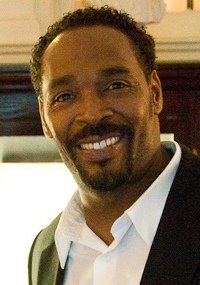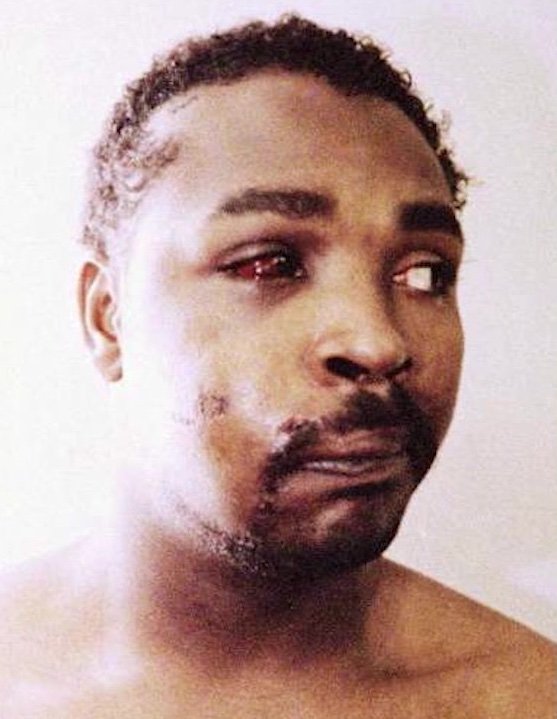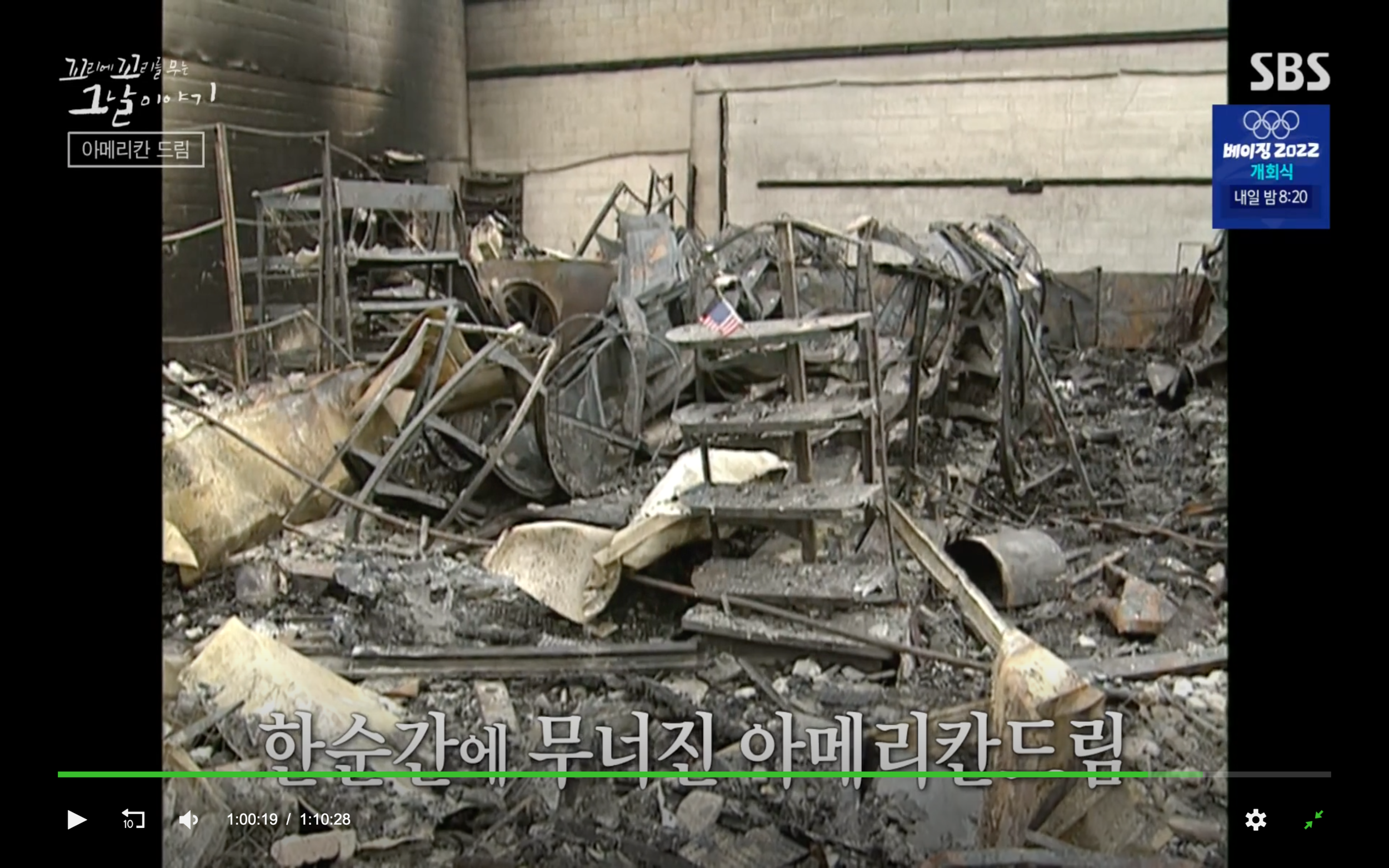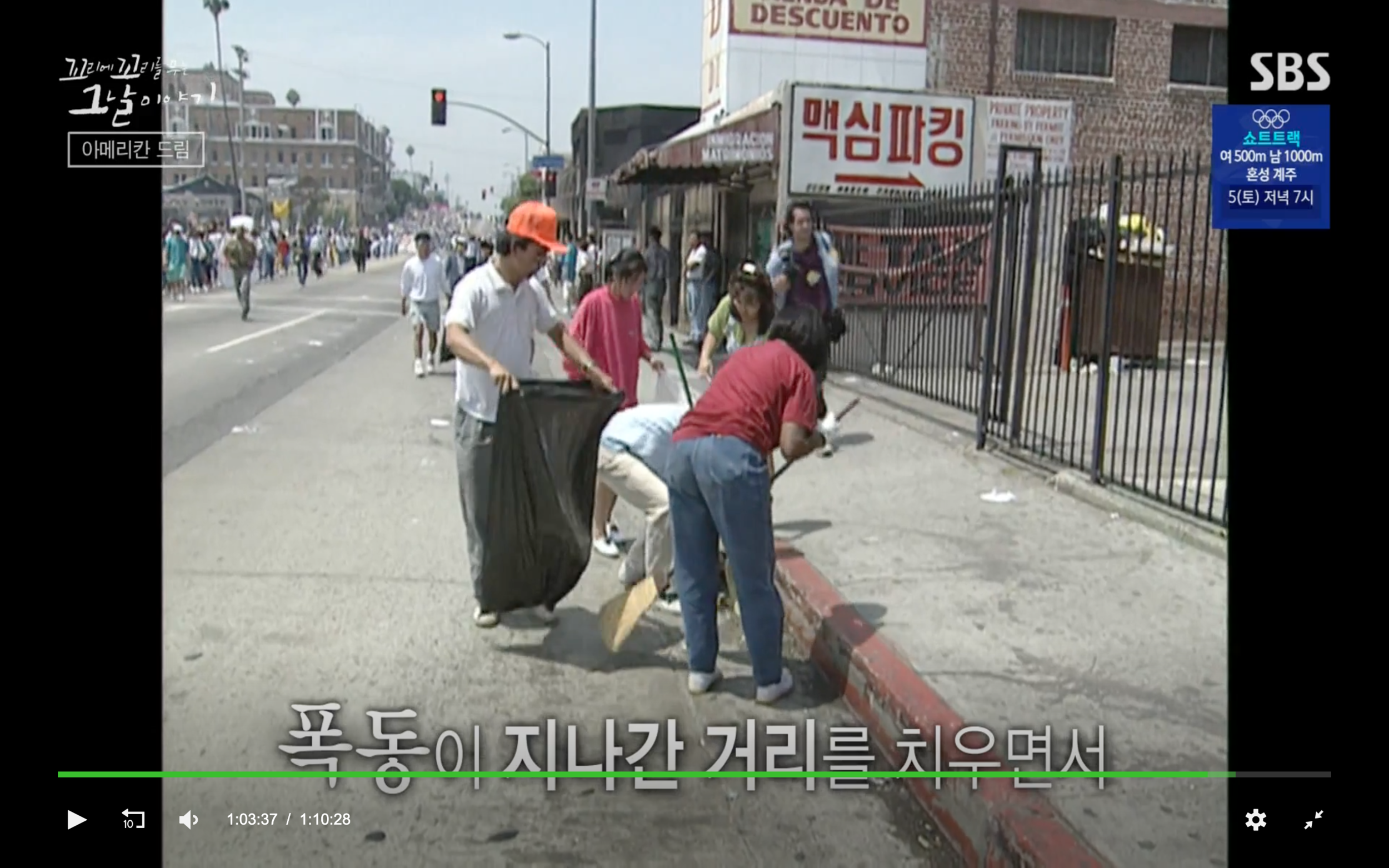1992 LA Riot: Annihilation of the American Dream
On April 29, 1992, the streets of Koreatown in Los Angeles and Torrance, California were rampant with a group of African Americans pulling Caucasian drivers out of their vehicles and beating them unconscious. The nearby buildings, shops, restaurants, and businesses were set on fire, puffing dark smoke into the sky as African Americans rioted against the court decision about an incident that happened a year prior.
In 1991, a police car chased after a high-speed vehicle which turned out to belong to Rodney King. Four police officers arrested King at the scene, and a surveillance recording of the police arresting King enraged a lot of people because of the police officers’ unnecessary brutality and violence. Even when King was knocked unconscious, the four police officers didn’t stop beating him with a baseball bat. Within a short 81 seconds, King was inflicted with punches and kicks 51 times, leaving him with serious injuries including severe “skull fractures, broken bones and teeth, and permanent brain damage.”
Before After
Even more shockingly, the trial was held in Simi Valley, California, which had no connection or relation to the beating of Rodney King. Even today, Simi Valley is a community of 78.5% White people and 1.3% Black people. The citizens involved as judges—including 10 Caucasians, one Latino, and one Asian—found three police officers not guilty with one officer to be retried. This enraging result of the first trial led to the Black community attacking and setting fire to the buildings and cars and attacking people of different color.
So what does this event have to do with Korean culture, Korean people, or anything Korean? The reason is because this event soon turned into—not a racial war between white people and black people—but a fight between African Americans trying to voice their rights and Korean people trying to protect their shops, businesses, families, and friends. It was a moment where Korea's mentality, tenacity, and sense of togetherness really fired up the people’s power, not only to protect what was their own, but also bring peace to the community.
Koreatown: The American Dream
The place where the Black people held a “riot” happened to be where Koreatown is located in Compton; where most of the population is Black is located right between LA Koreatown and Torrance Koreatown. Korean restaurants, liquor stores, laundromats, and other Korean-owned businesses were soon turned into burning ashes. Owners and their families were stuck inside the shops, afraid to go in or out. There was fire swallowing up buildings and gunshots coming from all around them, and electricity was soon shut off too. Shops and businesses were being robbed, with valuables like sofas and TVs being popular items.
Image: SBS A Story About the Day
One of the Korean American residents at the time, Jason Lee, recalled the robbing scene: “The couch looked as if it was walking away by itself because it was so big. And the person carrying it on their shoulder was so small.” Items of less value, such as bathroom mirrors and even dry cleaned laundry clothes, were no exception from the robbers’ lists. On the news, Korean shop owners cried in their helpless situation.
Image: NBC News
What is the meaning of their tears? These shops and businesses were more than just a means of earning money; these destroyed businesses were their whole lives. They were the outcome of coming to the United States with nothing 30-40 years prior, years of hard, low pay labor, and hunger. It was what they’d finally achieved after years of saving after starting with nothing, leaving everything in their home country. It was the American Dream that they longed for—something that they didn’t achieve in the blink of an eye, but through years of diligent effort and hard work.
Community: Protect Our Own
Koreatown in LA instantly became a scene of destruction. People were stealing from the shops and buildings were destroyed. People were in danger. But the effects of the riot were even more severe in the Koreatowns because the police weren’t there to protect people and stop the violence. Instead of being at the scene, the police were in the Beverly Hills and Hollywood area—where most White people lived—instead of protecting people in the chaos happening at that moment. It was later revealed that the police’s decision for them to be allocated there was made on the day the riot started, so protecting Compton and the Koreatowns in Torrance and LA were never in the police’s plans. There was not one police officer on site at LA’s Koreatown. Korean Americans who lived and worked there were left completely defenseless.
Meanwhile, for those Korean shop owners and their families stuck inside their shops without any means of communication due to loss of electricity, their only available contact was the radio—specifically a local Korean American radio channel, Radio Korea, which was broadcasting the current happenings in the town in Korean. At first, the reporter told people to find safety and head back home. However, the situation turned around when a group of men from the Korean American community walked in, armed with guns and wearing their old military uniforms. As they entered, they said to the radio announcer at the time, “Don’t tell them to go back home! Our Koreatown will fall down forever if we stay this way!” The Korean Americans stood up and protected the “American Dream” that they worked day and night to build for over 20 years. The radio statement soon changed to, “People of the Korean community! Let us stand and protect our own shops!” 300 Korean Americans voluntarily gathered in Koreatown with the sole purpose of protecting their people and shops. Among the 300 there were young 19-20-year-old students who said they “felt that they needed to do something.”
Image: SBS A Story About the Day
Jason Lee was back in South Korea visiting his parents at the time this group was organized. Even though his wife told him to stay in Korea, he felt the need to return to America. He decided to head back to America, where his wife and children were when another Korean American told him that they were in need of more weapons. The organized army of Korean men took turns watching day and night from a rooftop for any movement of attack, listening to radio reports for anyone in need of help. They were able to form a strategic approach in protecting themselves, especially because of their past experiences in military training in South Korea, where all men are required to serve in the military for at least two years.
Most adult males in the Korean American community had this experience. There were ones who had experiences in the Marines, and even UDT (Navy Special Warfare) and Special Warfare Command. Jason Lee himself was a Special Warfare soldier. To protect their town, they used the skills acquired from their past experiences as military soldiers and were able to build a temporary base. They received calls from all over the Korean community with tips on who was in need of help and where. When calls came in, a team was arranged and assigned to the scene for rescue. They set up specific rules and guidelines forbidding killing, with only warning shots allowed in action.
An example of their rescues was a call that came in saying that a wife and husband were stuck inside their shop and the rioters were shooting continuously from the outside. They said the robbers were trying to kill them and had set the shop on fire. Lee and his group were assigned to the rescue. Seeing the rioters surrounding that shop, Lee and his crew went from the back of the building onto the roof. They were eventually able to drag the couple out from a small window.
60-year-old Cho Inha, a veteran who went to the Vietnam War twice, was also part of a rescue mission where he was shot in the ankle and thigh. When he was hospitalized, he expressed disappointment and regret for not being able to fight next to his partners and friends: “One reason that I can’t look at all of you right now is that, I said I would protect the Korean Community and now I’m just lying here from a gunshot. I am so sorry…I will get out of this hospital soon and I will be in the forefront in protecting the Korean Community. Who would protect our people if we don’t protect each other ourselves.”
Image: SBS A Story About the Day
The Korean Watch Team stood together to protect the town and people. These troops later received the nickname “Roof Koreans” by the media from the way they did a 24-hour watch over the buildings from the top of the roof.
Images: SBS A Story About the Day
The headbands, in a protest and especially in Korean history, represent a firm will and determination to achieve a set goal. In this case, it was to protect the community—their home.
4.29 Civil Uprising: The Aftermath
The riot spread all over the nation. Six days after the riot started, President Bush officially announced that the riots must come to an end. Involving the National Guard, the Marines, the special forces, the Federal Bureau of Investigation, and a total of 20,000 in military power, the riot, robbing, and destruction came to an end. 58 people were killed, 2,400 people were severely injured, and $700 million worth of property damage was caused, half of which were Korean shops and businesses.
Image: SBS A Story About the Day
What the Korean people were left with after this incident was despair and loss of direction in life. After all, it was their life that they’d settled and built there. But it was thanks to a single, angelic voice that came from Radio Korea that they were able to rise back up with hope. “I’m Johana Kim. I would like to donate $141 that my brother and I saved in our piggy bank.” With this voice as a start, donations to rebuild Koreatown in LA started to come in from all over the nation, LA, and even from Korea. She was also a victim of this riot, but instead of sharing her despair and loss, she suggested that they hold an assembly.
Image: SBS A Story About the Day
With brooms in hand, the Korean American community started leading a peaceful march shouting, “We want peace!” In a few days, people of different ethnicities and races started to join in the march. There were African Americans, Europeans, Asians, Hispanics and more. “With no joke about 100,000 people joined in the march.”
Images: SBS A Story About the Day
The ABC News reporter who captured this scene described: “So a city that has endured what is very nearly the most destructive urban riot in American history is now turning to clean itself up and try to heal its wounds.” The march was an effort to start anew and heal from what had happened. It is said that Korean Americans in LA, even to this day, don’t refer to this event as a riot, because as soon as it is called that, people are divided into victims and attackers. It has been called the 4.29 Uprising.
The way they responded to the violence by sticking together and standing up for themselves and the way they handled the march showed a few characteristics of the Korean people. The endurance to control the sorrow of loss and the tenacity and strength to get back up were some things that Koreans have had many experiences with throughout their history, including the 36 years of Japanese occupation and the Korean War.
This event provides an opportunity to contemplate where we are now with regards to racial issues and the way we are handling them. To be honest, 30 years later, it is hard to say we have changed for the better in the way we respond to and handle social and cultural issues still happening around us. Hopefully, our society will learn from past experiences and become smarter and stronger to find different ways to voice our rights.













